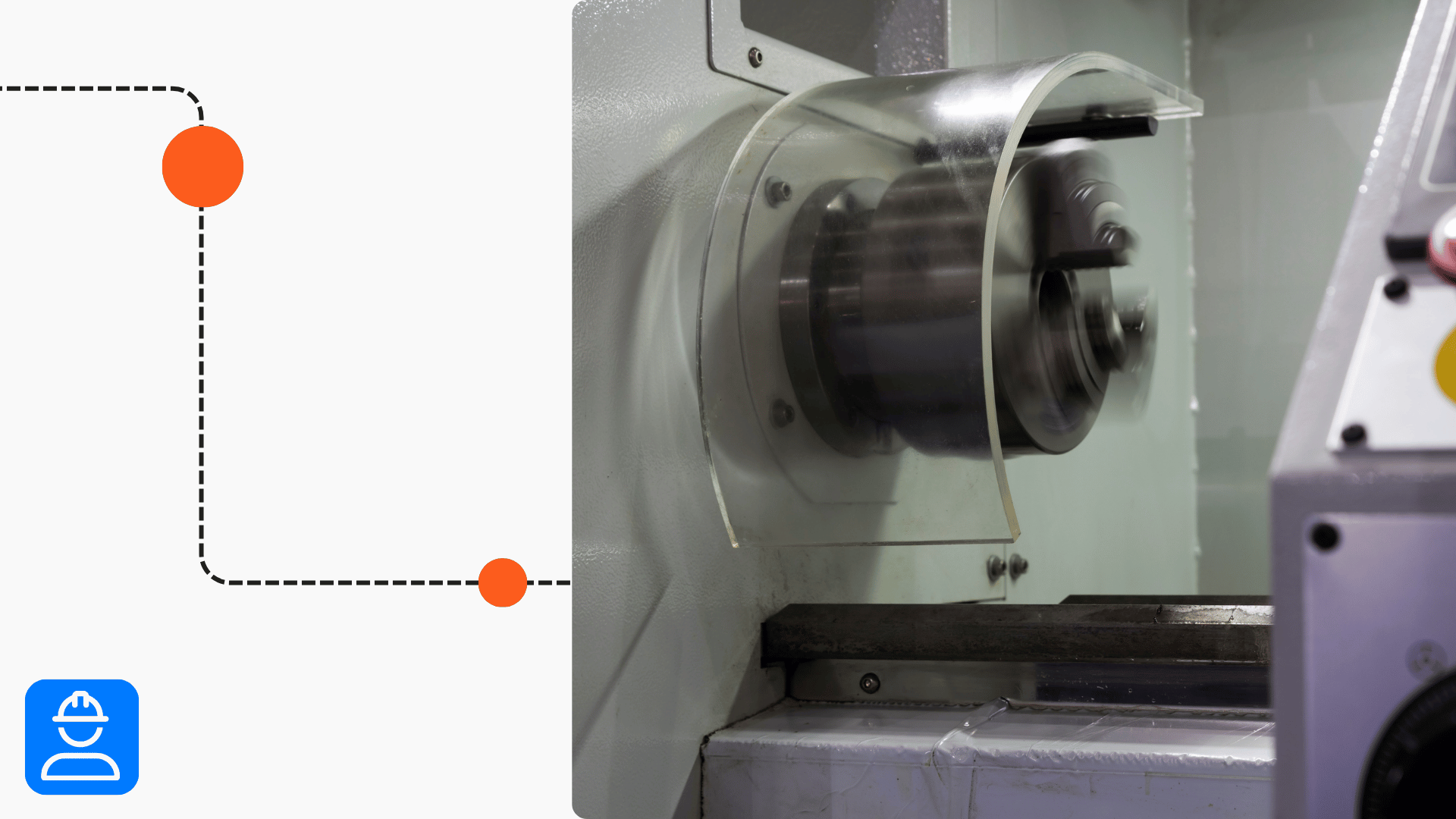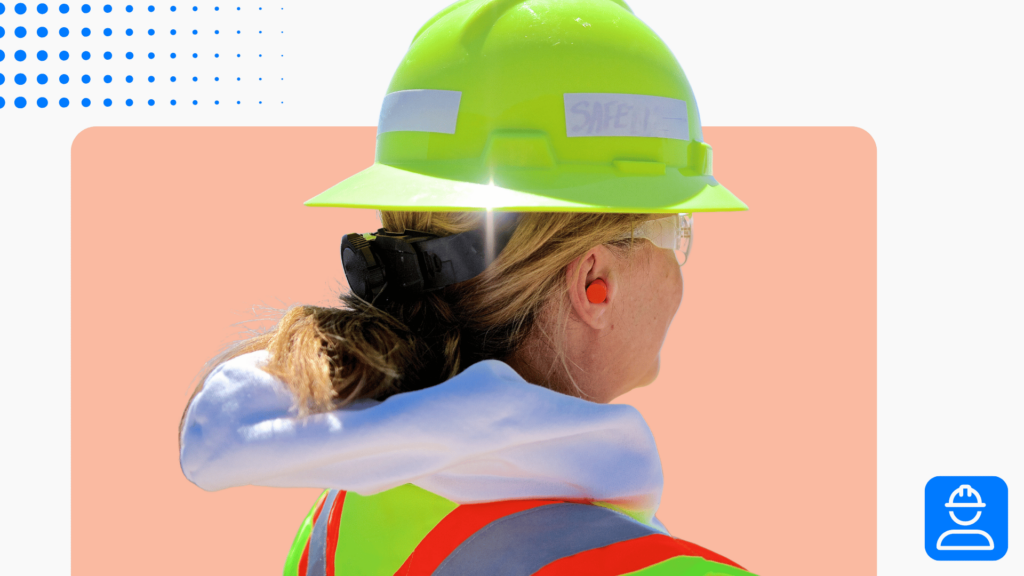Safety control measures only work if you consistently check to make sure they’re in place. Protective guards for heavy equipment are no exception. After installation, it’s important to teach your employees to check the stability of the guards. Share this machine guarding toolbox talk with your team, so they can ensure that their equipment is safe and protected before each use.
Machine guarding toolbox talk overview
In this toolbox talk, we’ll cover:
- The purpose of machine guarding and its associated risks
- Types of guards
- Tips for preventing safety incidents
Machine safety is still one of the top hazards you might encounter in the workplace. Knowing how to inspect protective guards is an essential skill to protect yourself and others from injury. Plus, it can give you confidence and peace of mind so you can work more efficiently.
Purpose and risks
The purpose of machine guarding is to protect workers like yourself from nip points, rotating parts, debris, flying objects, and other equipment-related hazards. This also includes fast or hot machine components that you might not be able to avoid otherwise.
Some of top risks of using equipment without machine guards include:
- Burns or skin injuries
- Eye injuries caused by flying objects or debris
- Limb amputations or crush injuries
- Lacerations and bruises
It’s important to know the risks of the equipment you’re using for each task and how they might affect you if machine guards aren’t properly in place.
Types of machine guarding
There are four main types of machine guards that you might encounter: fixed guards, interlocked guards, self-adjusting guards, and adjustable guards.
Fixed guards are permanent fixtures on the machine that block access to hazardous components. The machine must be taken apart to remove or repair these guards.
Interlocked guards are ones that either disengage or shut off the equipment when they’re not in place. Examples of these include proximity sensors on saws or rotating blades, light sensors, and debris shields.
Adjustable guards are the ones you have to put in place yourself, depending on what you’re doing. Self-adjusting guards, however, move to accommodate the machine inputs like the size of the material you’re using.
Safety measures to take
Never assume that machine guards are in place, especially if you’re coming in from a shift turnover. Each operator is responsible for making sure that the machinery is safe before use by:
- Inspecting guards to ensure they’re properly installed and functioning correctly
- Checking that no guards are missing or damaged
- Keeping guards in use throughout the entire process
- Following the equipment procedures each time to avoid incidents
- Wearing the required PPE for each piece of equipment
- Inspecting PPE before using machinery
- Never attempting to remove or repair a machine guard without proper training
- Reporting machine guarding concerns with management before resuming tasks
Treat machine guarding as one of many protective measures, don’t depend on it entirely. If you follow these best practices, you should be able to drastically reduce your chance of injury. At the end of the day, we all have a responsibility to look out for ourselves and each other.




